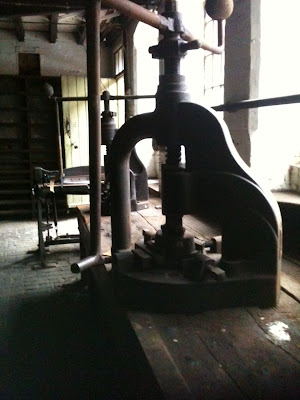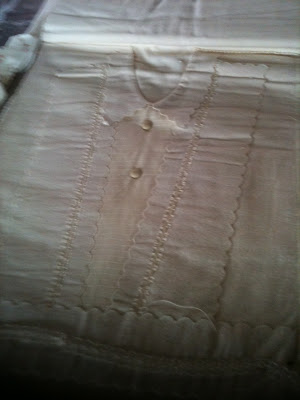MEMENTO MORI:
Alive and Well in SoHo
“Our graveyards have been planted next to churches...so
that women, children and lesser folk should grow accustomed to seeing a dead
man without feeling terror, and so that this continual spectacle of bones,
tombs and funerals should remind us of our human conditions.”
Michel de Montaigne
Pertwee Anderson and Gold, and The Museum of Curiosity have
collaborated on an exhibition that explores objects of memento mori. An
astonishing variety of artists boldly ask viewers to contemplate their
mortality through their work. I went along to have a look. I
stepped into an intimate SoHo gallery where I left the bright glare of day and
was at once enveloped in the tomb-like dark grey walls. Pointed, effective
lighting enhanced the works of art. I’ve selected a few that were particularly
striking, though any one item in the collection is more than worthy of a visit.
The following were created by Jim Skull. (I know!) Jim Skull
is influenced and inspired by the “strong cultural heritages of Africa, New
Zealand, Asia and Oceania”.
Papier mache skull, antique beads, murano black glass
Papier mache skull, antique cannetille
Papier
mache skull, artificial flowers, taxidermy bird and insects, gold leaf
Papier mache skull, artificial flowers, taxidermy bird and
insects, gold leaf
All of the above images Copyright Jim Skull, courtesy of
Pertwee Anderson & Gold
Franklyn
and Brendan Connor are twins and artists who grew up in an extreme Christian
cult known as ‘The Family’, the same cult that included the actors River and
Joaquin Phoenix. When Franklyn and Brendan were sixteen they ran away. As they
learned about the outside world they communicated with each other about what
they discovered with notebooks and sketchpads, which resulted in their special
form of making art together.
Death Calls
Acrylic on canvas
Image Copyright The Conner Brothers, courtesy of Pertwee
Anderson & Gold
This piece by Tasha Marks in collaboration with David Bradley and Annabel de Vetten is
one of my favourites. It drew me in quite innocently and then I discovered…it’s
edible.
Edible
Vanitas Case
Mixed media including chocolate, sugar, marshmallows, apples, pears and
ambergris
Image Copyright Tasha Marks, courtesy of Pertwee Anderson
& Gold
Nancy Fouts’s work has been seen in the Victoria and Albert
Museum, among many others, and has been endorsed by Banksy. In her words,
"I hoard stuff in boxes and then I lay it all out and many ideas happen
like that." Ms. Fouts is originally from, ahem, Kentucky.
Hang on
Medical skeleton, resin, rope and paint
Freedom is Overrated
Taxidermy bird, perspex, dome, black wood and glass display
case
Images Copyright Nancy Fouts, courtesy of Pertwee Anderson
& Gold
“The decision to erase paintings painted by other artists
came partly from graffiti,” says artist Paul Stephenson. “The paintings I use,
my surface, have already existed fully as objects.” When asked by Garage
Magazine to what he is particularly drawn: “Paintings that have a recognisable, iconic format and a
clear subject. That is why I have worked a lot with 17th - 19th century
portraiture as it has this iconic quality. We know the framework of these
portraits so well that even when the central subject is erased we know what
should be there and we begin to imagine it.”
No lady,
Oil off canvas
Image Copyright Paul Stephenson, courtesy of Pertwee
Anderson & Gold
Prepare yourself now for another sibling duo, Jake and Dinos
Chapman, whose work is sometimes described as the anatomical and pornographic
grotesque.
Migraine
Cast human
skull, resin and oil paint
Side View
Image Copyright Jake and Dinos Chapman, courtesy of Pertwee
Anderson & Gold
To end, a
gentler image by Michal Ohana-Cole whose “art practice instigates the
complex everlasting relationship between money, death and sexuality as well as
the notion that one inevitably controls the other.”
Godspeed you (No.13), 2013
Pigment print
Image Copyright Miachal
Ohana-Cole, courtesy of Pertwee Anderson & Gold
Memento Mori is on exhibit until June 14.














































